From the cultivation of crops in space to self-driving robotaxi services on the road, the year saw some truly revolutionary advances in the field of science and technology.
As a new year approaches, here's a look at some of the most interesting scientific discoveries and technological achievements of 2020-
Vaccine is here!

The vaccines produced by Pfizer/BioNTech and Moderna against Covid-19 became the first vaccines developed using Messenger RNA. It marks the fastest vaccine development and approval, taking only 10 months.
The Pfizer vaccine shows efficacy of 95% at preventing symptomatic Covid infection. While the Moderna vaccine is 94.1% effective at preventing symptomatic Covid-19.
Plastic-eating 'super-enzymes'

To address a different ecological crisis, scientists engineered plastic-eating "super-enzymes" that can break down bottles in days.
The enzymes break down a common type of plastic called polyethylene terephthalate - used in single-use bottles as well as clothing and carpets - into its chemical building blocks.
Water on moon
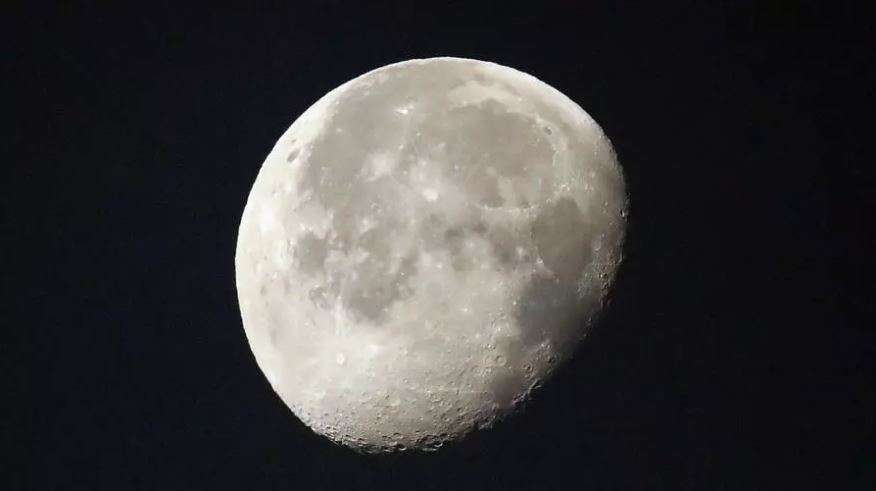
Nasa announced that for the first time they have found water on the surface of the Moon. Nasa confirmed the presene of water molecule, H2O, in sunlit areas of the Moon. This indicates that water is widely distributed across the lunar surface.
However, the Moon is so dry that as a comparison, the Sahara Desert has 100 times the amount of water than what the SOFIA mission detected in the lunar soil.
Water molecules have been detected in the Clavius Crater. The crater is situated in the southern hemisphere of the Moon and is among the largest craters visible from the Earth.
First crop harvested in space
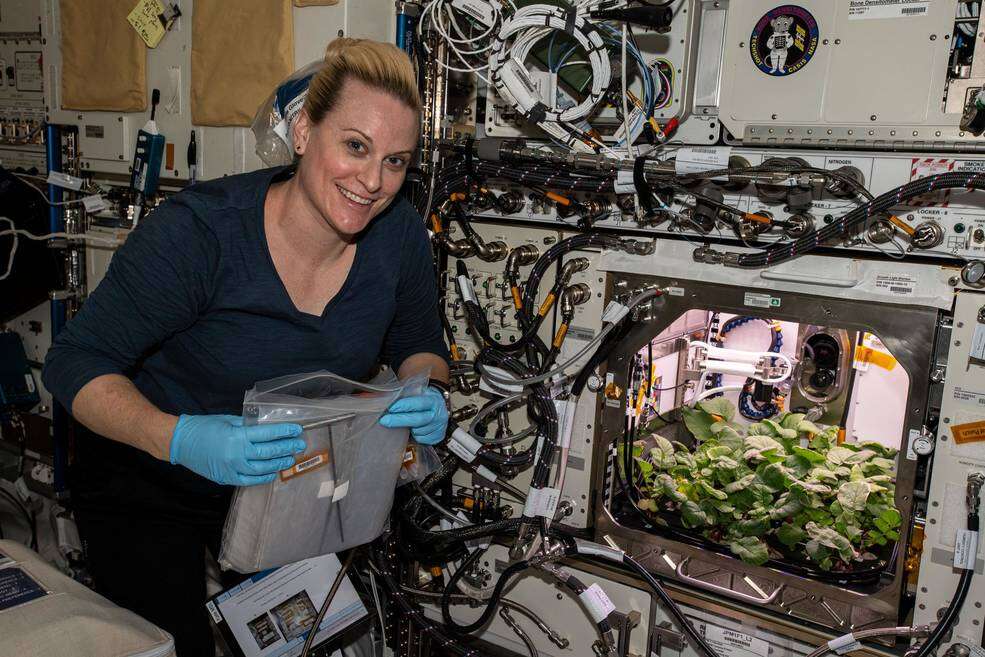
Nasa astronaut Kate Rubins harvested radish plants growing in the Advanced Plant Habitat (APH) aboard the International Space Station.
She meticulously collected and wrapped in foil each of the 20 radish plants, placing them in cold storage for the return trip to Earth in 2021.
The plant experiment is the first time Nasa has grown radishes on the orbiting laboratory in the APH.
Aliens exist?
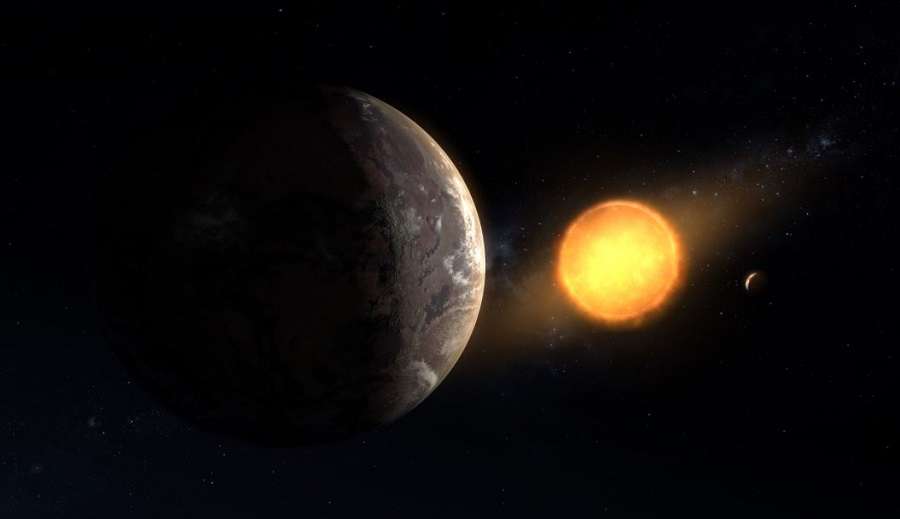
Scientists got, what they called, one of the first hints of detecting an exoplanet in the radio realm. The first possible radio signal is believed to be emanating from a planet outside the solar system about 51 light-years away.
The researchers also observed other potential exoplanetary radio-emission candidates in the constellation Cancer and Upsilon Andromedae systems.
Driverless robotaxis

Waymo became the first company to offer self-driving car services to the general public without a human supervisor in Chandler, Arizona. While autonomous vehicle provider Zoox also revealed a fully functional, electric, autonomous vehicle that is designed for dense, urban environments.
The fact of eliminating the need for a human chauffeur, robotaxi could make it a very affordable solution for the customers.
Chang’e 5 brings samples from moon
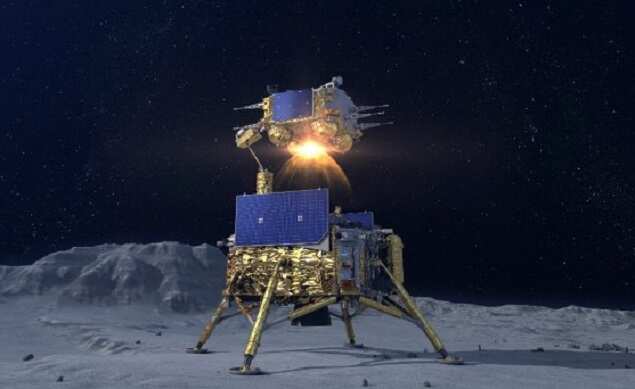
In December, the moon got a new visitor: China's Chang'e-5 lander - a robotic mission of the chinese lunar exploration program. It returned to earth and brought 1,731 grams of samples collected from the moon. It was the China's first attempt to bring the moon samples in over 40 years after the US sent astronauts to the moon to collect samples.
Nasa's Mars 2020 mission
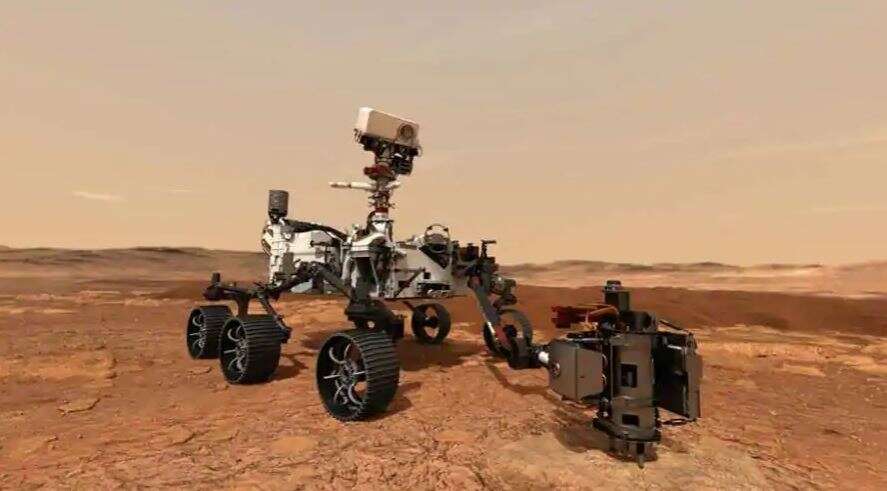
Mars 2020 is a Mars rover mission by Nasa's Mars exploration programme that includes the perseverance rover and the ingenuity helicopter drone. It will study the habitable conditions on Mars in preparation for future human missions.
World's oldest meteor crater found
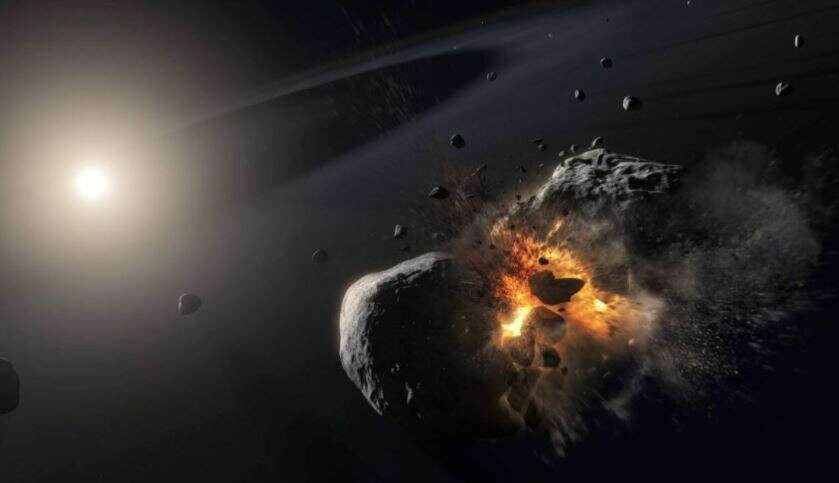
A crater in western Australia was formed by a meteor strike more than 2.2 billion years ago and is the world's oldest known impact site. The revelation also raises the intriguing possibility that the massive impact could have significantly altered the Earth's climate, helping end a period of global "deep freeze".
Wind speed on a brown dwarf measured
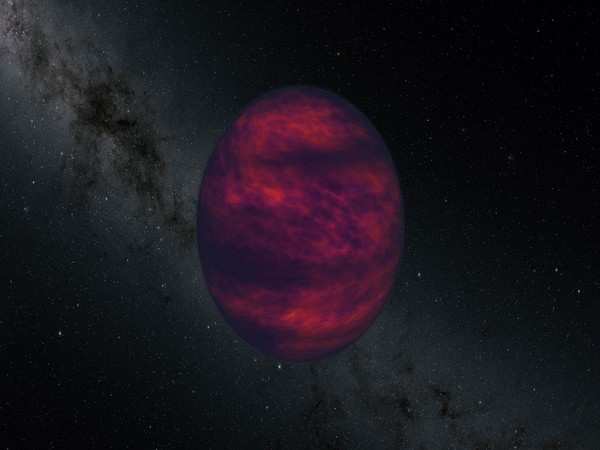
For the first time, scientists have directly measured wind speed on a brown dwarf, a type of substellar object that is larger than Jupiter (the largest planet in our solar system) but not quite massive enough to become a star.
To achieve the finding, they used a new method that could also be applied to learn about the atmospheres of gas-dominated planets outside our solar system.
(with inputs from agencies)
Article From & Read More ( Top science and technology achievements of 2020 in the world - Times of India )
https://ift.tt/3hl5OkN
Science
No comments:
Post a Comment